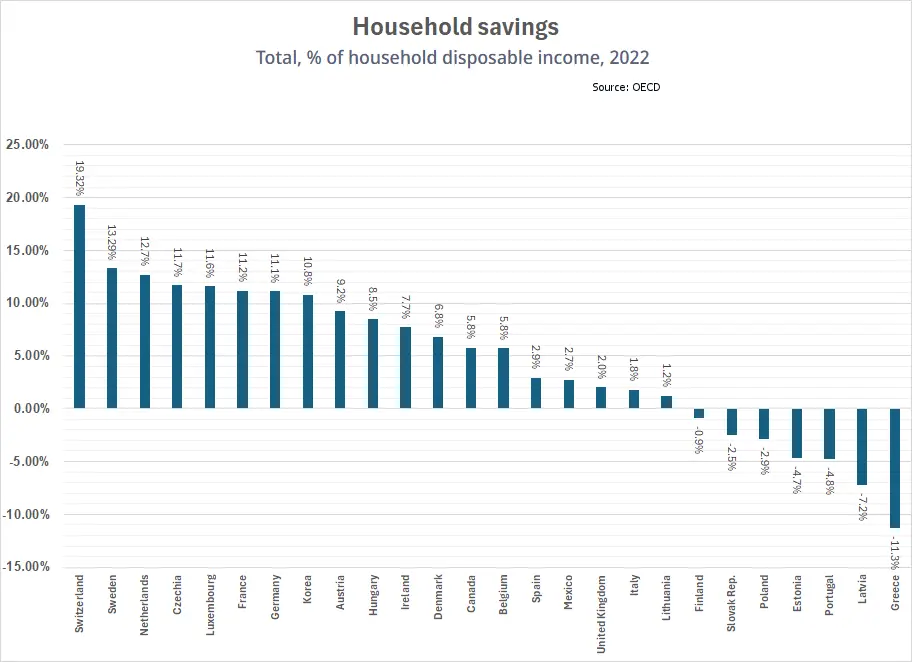
Understanding spending habits in the US and Europe reveals fascinating contrasts shaped by history, culture, and economics. This blog explores key differences in consumer behavior, economic influences, and the impact of these habits on both regions. By examining these contrasts, we can better understand how businesses, travelers, and policymakers can navigate these distinct markets.
Historical Context and Cultural Foundations
US Consumer Culture
American consumerism has deep roots and is influenced by the “American Dream” ideology. This ethos promotes prosperity and success, driving a culture of spending and consumption. Advertising and media have amplified this, making consumerism a core part of American life. The rise of credit in the 20th century further fueled spending, embedding it into the national psyche. From the post-World War II economic boom to the tech-driven consumption of today, Americans have continually embraced a lifestyle centered on acquisition and material comfort, often driven by a desire for status and convenience.
European Consumer Culture
In Europe, consumption patterns evolved differently. European cultures historically value frugality, quality, and tradition. Northern European countries, like Germany and the Netherlands, emphasize savings and financial prudence. Southern Europe, including Italy and Spain, focuses on quality and experiential living. These diverse cultural values shape how Europeans approach spending. For instance, the historical emphasis on craftsmanship and durability in Europe means consumers often prefer products that offer long-term value. This cultural backdrop has led to a more measured approach to spending, focusing on investing in quality items that reflect cultural heritage and sustainability.
Key Differences in Spending Habits
Disposable Income and Savings Rates
Americans generally have higher disposable incomes but lower savings rates than Northern Europeans. This disparity influences their spending behavior, often favoring immediate gratification. In contrast, Europeans prioritize savings and financial security. This results in more conservative spending, with a focus on long-term stability. For example, the US personal savings rate has fluctuated between 5% to 8% in recent years, whereas countries like Germany consistently maintain rates above 10%. These habits reflect broader economic philosophies; Americans are more likely to spend on leisure and convenience, while Europeans invest in future security and durable goods.
The following Chart shows household savings as a percentage of disposable income.

Although this looks significant, we must remember that most European countries have a significantly higher tax rate to pay for all their social services than the U.S. has. So although their savings may be a higher percentage of their take-home pay, it is a higher percentage of a smaller number. For instance, Denmark has a top tax band of 55.9%, Austria 55% and Spain 54%. So, if a person in Austria saves 9.2% of the 45% that they get to take home that could be a smaller number than someone who saves 5% of the 90% they get to take home. So, if two people each earn $100,000 but the person in Austria pays $55,000 in taxes and saves 9.2% of the remaining $45,000 that would be $4,140 in savings. Another person who makes $100,000 but takes home $90,000 and saves 5% would be saving $4,500.
Consumer Priorities
Americans value convenience, technology, and a fast-paced lifestyle. This preference drives high spending on gadgets, fast food, and convenience services. Europeans prioritize experiences, quality, and sustainability. They spend more on travel, dining, and high-quality products that last longer. For instance, the US market sees rapid turnover in tech products, with consumers frequently upgrading to the latest devices. Meanwhile, Europeans might invest more in high-end, sustainable fashion or organic foods, reflecting a broader societal commitment to environmental and social responsibility. These differing priorities highlight contrasting approaches to everyday living and consumption.
Spending Habits in the US and Europe: Influence of Economic Factors
Cost of Living and Pricing Structures
The cost of essentials like healthcare, education, and housing varies greatly. In the US, high costs in these areas influence spending, often diverting funds from discretionary purchases. European countries with lower costs in these sectors see more balanced spending across various categories. For instance, Americans often allocate a substantial portion of their budget to healthcare and student loans, which limits spending on leisure and luxury. Europeans, benefiting from subsidized healthcare and education, can allocate more of their income toward travel, dining, and cultural activities. This disparity highlights how essential costs impact broader spending patterns.
Spending Habits and Relocation Choices
When analyzing consumer culture, it’s fascinating to see how lifestyle choices align with spending habits in the US and Europe. Many Americans are intrigued by the European way of life, often considering relocation for its perceived benefits. Moving to a new country from the US involves numerous financial decisions, reflecting broader spending trends. So, if you opt for Europe, hiring movers familiar with international relocations is a must. The cost considerations, from moving expenses to daily living, highlight the differences in consumer priorities. Europe’s emphasis on quality and sustainability extends to housing and relocation services, often making the transition smoother and more efficient. This decision underscores the practical aspects of how spending habits influence lifestyle changes, providing a real-world example of the broader economic and cultural contrasts discussed throughout this blog.
Implications for Businesses and Marketers
Marketing Strategies
Businesses must tailor marketing messages to resonate with each region. In the US, highlighting convenience and innovation appeals to consumers. European marketing should focus on quality, sustainability, and experiential value. Successful campaigns understand and leverage these cultural differences. For example, American advertisements often emphasize speed, efficiency, and the latest trends. In Europe, marketing campaigns might highlight artisanal quality, eco-friendliness, and the joy of unique experiences. Understanding these regional preferences allows businesses to build stronger brand loyalty and connect more effectively with their target audiences.
Product Development
Designing products that align with regional values is key. US consumers appreciate fast, tech-forward solutions. Europeans look for sustainable, high-quality products. Businesses should consider these preferences to meet market demands effectively. For instance, a tech company might focus on rapid innovation and feature-rich gadgets for the US market while emphasizing durability and repairability for European customers. Similarly, fashion brands might introduce fast fashion lines in the US and sustainable, timeless collections in Europe. Recognizing and catering to these distinct consumer preferences can drive success in both markets.
Globalization and Cultural Sensitivity
Balancing global strategies with local preferences is important. Understanding cultural nuances helps businesses succeed in diverse markets. Cultural sensitivity in product offerings and marketing can drive global success. For example, a global food chain might adapt its menu to include local flavors and ingredients, reflecting regional tastes and dietary habits. Marketing campaigns can also be tailored to reflect local traditions and values, enhancing resonance with local consumers. By appreciating and incorporating cultural differences, businesses can form stronger connections with their global audience and enhance their overall market presence.
Conclusion
The spending habits in the US and Europe reveal significant differences driven by cultural, economic, and social factors. Understanding these contrasts helps businesses and consumers navigate these diverse markets. As consumer culture evolves, staying attuned to these changes is key to global success. Share your thoughts and experiences on spending habits, and explore how these insights can inform strategies in today’s interconnected world. Recognizing and adapting to these differences can open up new opportunities and create a deeper understanding of global consumer behavior.
Image created by Meta AI
You Might Also Like:


